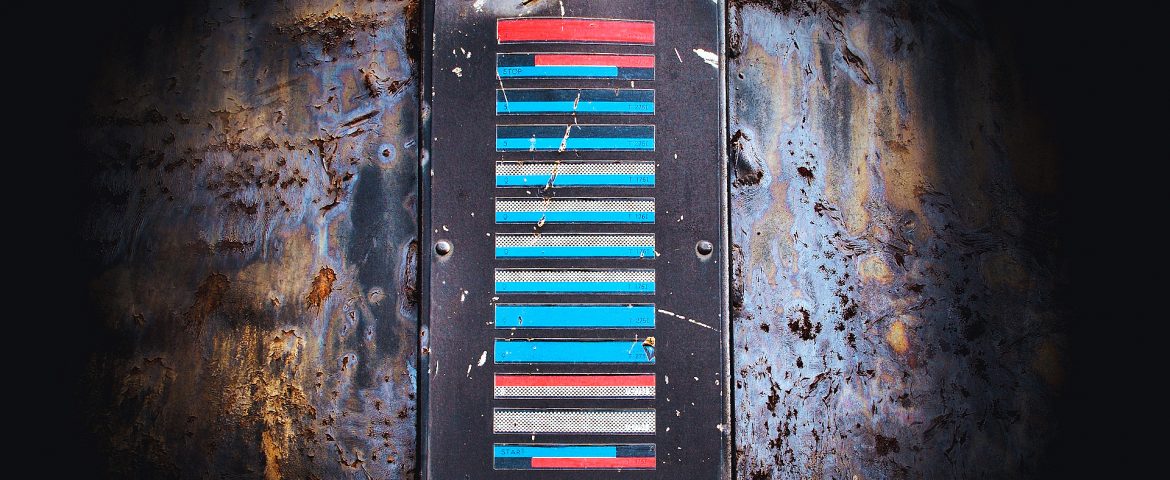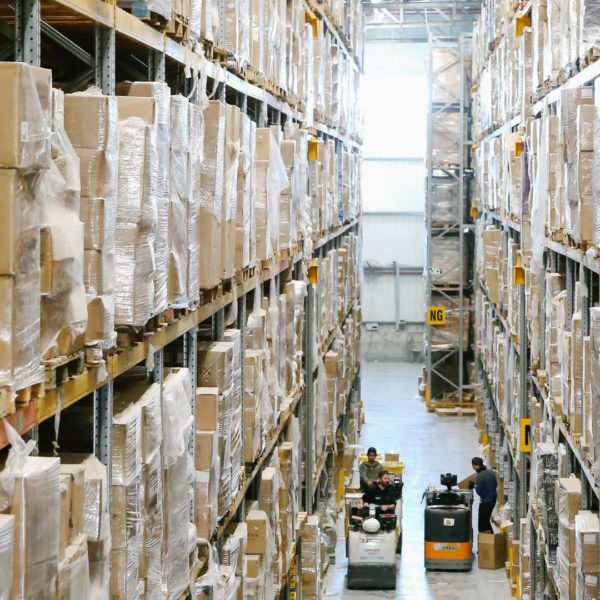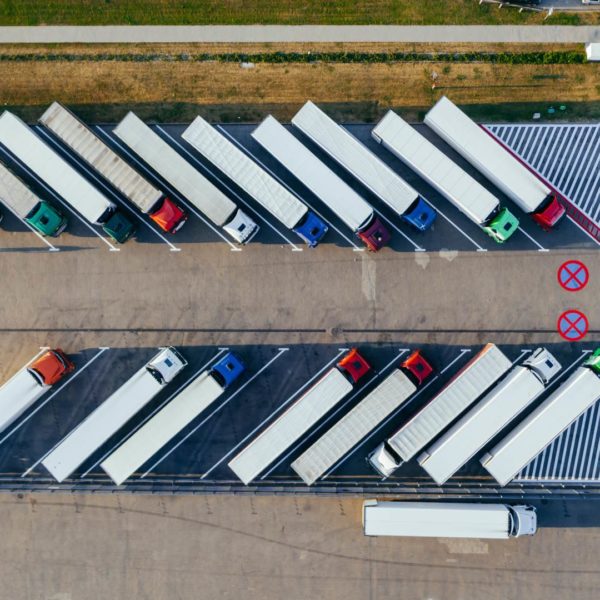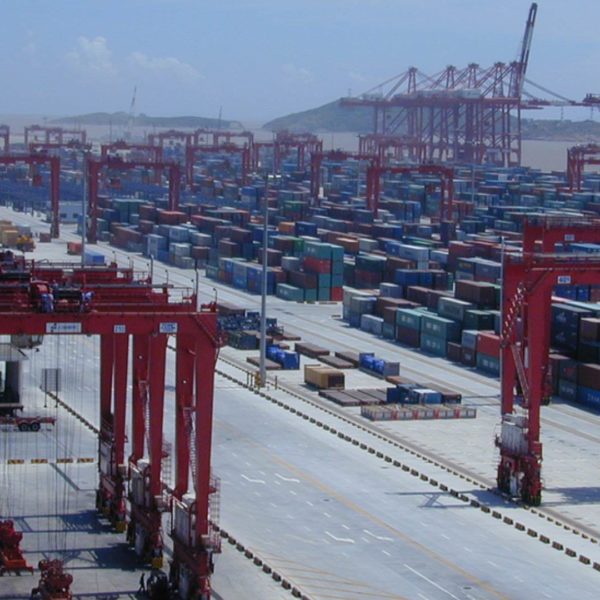Barcodes are a staple of nearly every retail store imaginable plus most warehouses and shipping companies, being used to track item purchases, track inventory, encode location data, item id number and other data components. They are so common they have become nearly unnoticeable, but people most have no idea that barcodes are a relatively recent development that was initially invented to track railroad cars across the US.
Most barcodes at retail stores are what are considered linear bar codes, which are a series of lines and spaces, however there are also 2d barcodes that incorporate other geometric shapes such as squares and rectangles. The QR codes which have become popular on smart phones and tablets are a development of these 2D QR Codes.
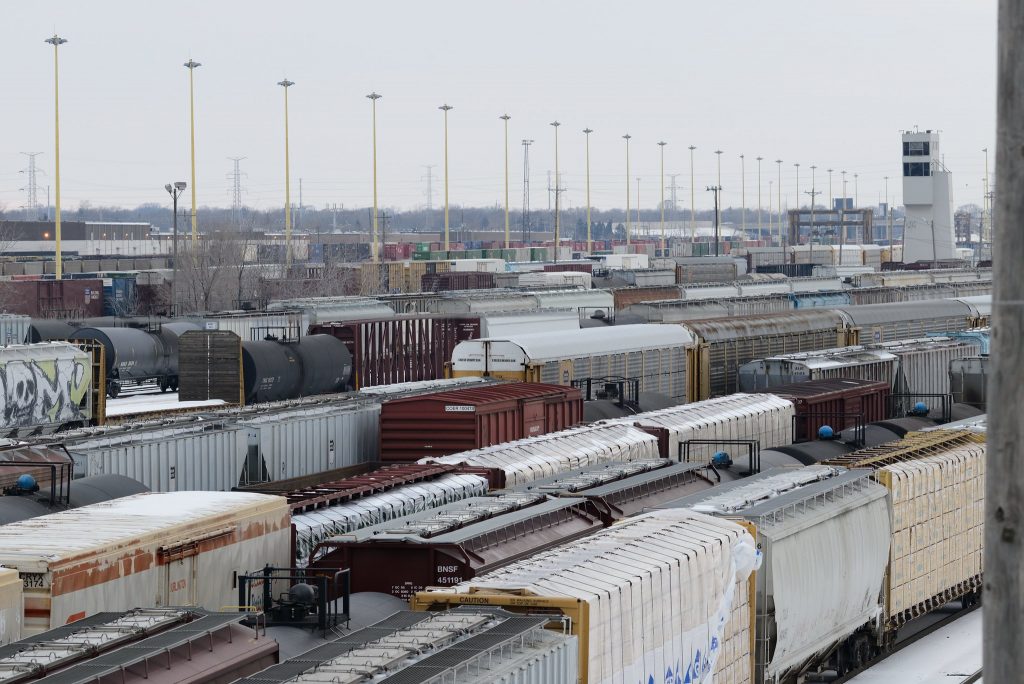
The barcode was first invented in 1951 and patented in the United States by Norman Woodland and Bernard Silver. The inventors were heavily inspired by morse code which had long been used in telegraph and military applications to transmit communications via a series of dots and dashes. Like many inventions, it took a number of years for the concept to really take hold.
Railcar Sorting in the 1960s
Most don’t know that the first designed application for the barcode was on US freight railroads in the late 1960s. Essentially this early railway system involved placing a placard on the side of rail cars with a barcode ID number. As railway cars entered and excited railyards and other railway facilities, the scanners would scan the cards and provide railway operations teams with information on what cars were where which made for vastly improved car sorting and tracking ability. This early system proved to be highly unreliable. One common reason for the mistaken car scans or errors in scanning was due to dirt covering or partially obscuring the lines. Finally in the mid 1970s, many railroads started to heavily adopt the system, however there were still issues with reliability. The entire system was replaced in the 1980s by a type of system that used radio tag IDing, which did not have the same downfalls as a visual scanning system . Keep in mind there are hundreds of thousands of railway freight cars operating on trains in North America, over time they get dirty, banged up, and there is little motivation to keep them perfectly clean in order for a visual scanning system to maintain effectiveness, hence switching to RFID tags made much more sense.
Another early application involved a toll booth operating company wanting to be able to better track monthly pass holders which travelled across a bridge. USPS also expressed interest in tracking trucks and trailers entering facilities.
Grocery Store Adoption
Finally in 1973 the Uniform Grocery Product Code Council decided to develop a standardized form of barcodes that could be printed onto store packaging. The first actual food product to have a barcode was chewing gum in 1974.
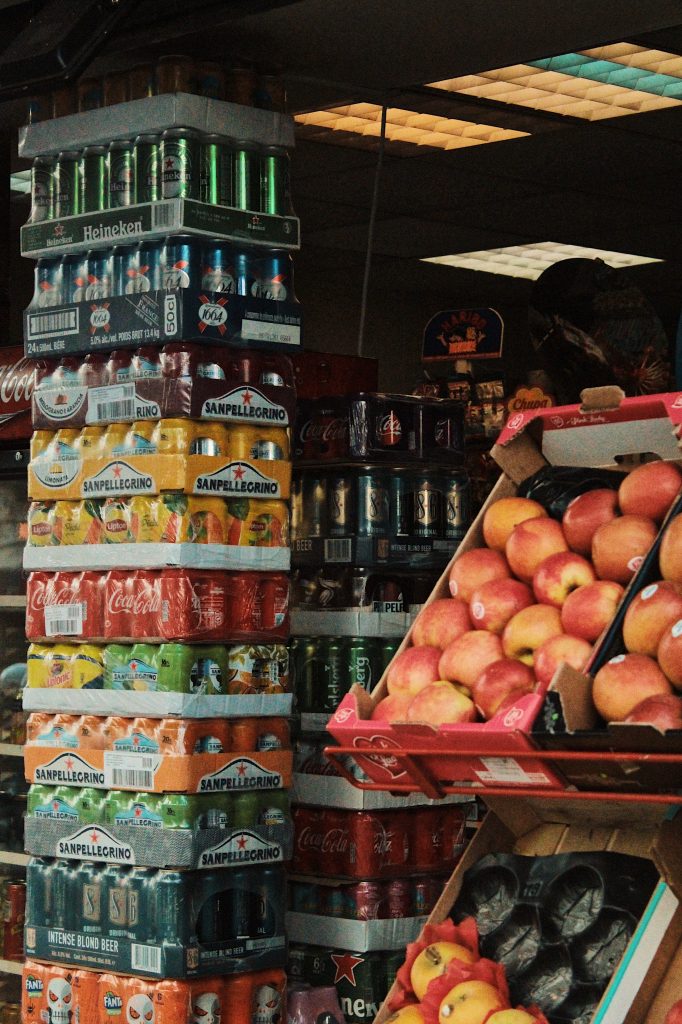
Later in 1981 the US Department of Defense adopted a type of bar code to catalog military equipment.
Package and Warehouse Tracking
While barcodes are still nearly standard across all forms of business, train and freight shipments also rely heavily now on GPS based tracking, with freight companies able to track where a truck is via GPS signal from the drivers smartphone. Even tech based companies such as amazon still use barcodes on every single shipment that enters their warehouse. When an FBA seller sends inventory to an Amazon facility, it must have on it an Amazon provided barcode label that contains a barcode which is scanned as it enters the warehouse and tells the computer system that a particular sellers products are now available for shipment. Inventory that leaves the warehouse to buyers is also tracked in this manner. In this case the scanning systems communicate with Warehouse Management systems which are software systems that track inventory levels within a warehouse.
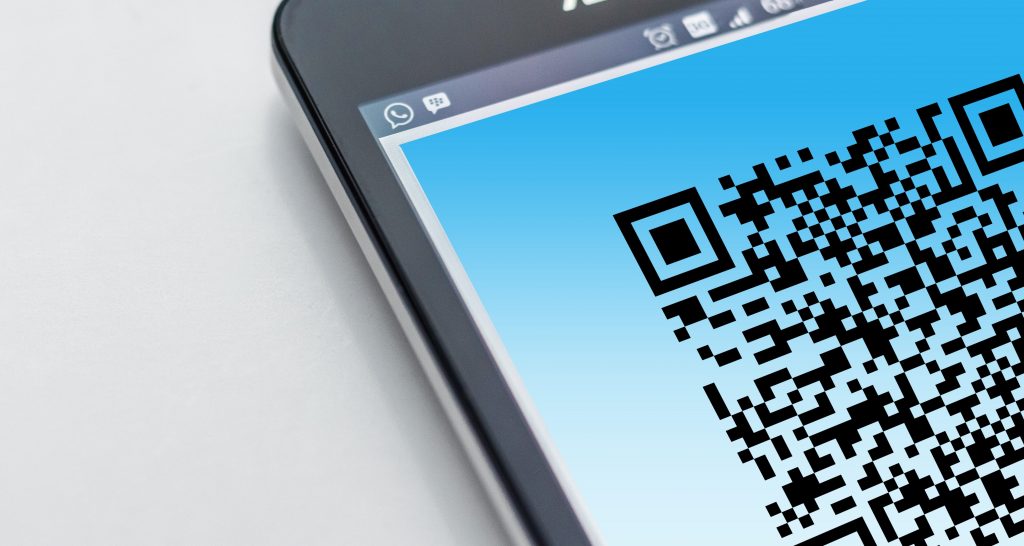
How do barcode readers work?
Barcode readers themselves still use a photo sensor that is either in a handheld unit or directly hooked into a computer system. In short, the light reflected back into the scanner causes it to experience a series of pulses that relate to the white and black stripes. This generates a binary code which is translated in the attached computer. Many scanners now have a series of photocells which don’t require you to be moving the scanner over the code. Most scanners you see at self checkout stations for example have this but take it a step further. These scanners, such as what are at walmart use a laser which is faster and more accurate. Laser scanners typically have a rotating lens or mirror which allows the object that is being scanned to be stationary, while moving the beam across the target area.
There are also photo based barcode readers. When you scan a QR code on your phone and the software interprets the image, this is using photo based readings.
Even Amazon uses them!
In the logistics industry, barcode scanning of various types is incredibly important to track inventory in warehouses, much like the Amazon example, even small businesses and importers generally use some sort of scanning equipment to track what products or raw materials are leaving or entering their warehouses. Without the use of barcode scanning, cataloging incoming freight or preparing inventory orders would take much longer and be less efficient. Over time as computer systems and dashboard inventory systems have become more popular and affordable, barcode scanning has been more and more integrated into other systems that provide wide ranging analytics covering anything from sales velocity to returns.
Railroad Tracking Today
Modern day railways utilize RFID technology extensively to track railcar movements and location. RFID scanners are placed in key locations and as railcars pass these scanners, the results of the scan are processed by the railroad’s computer system which then presents of a snapshot of the “last known” location of the each railway car. This let’s railway managers better prepare for delays or gives them a heads up if somehow a railcar got mistakenly sorted into the wrong train. These systems provide one of the core means by which railroads track where trains are and keep track of their vast railcar fleets and let customers know when to expect the arrival of their freight. For the most part North America’s class 1 railroads have developed a uniform method for tracking railcars which lets cross border or cross country shippers move freight seamlessly between points in Mexico and for example Chicago.
Recommended for further reading:
